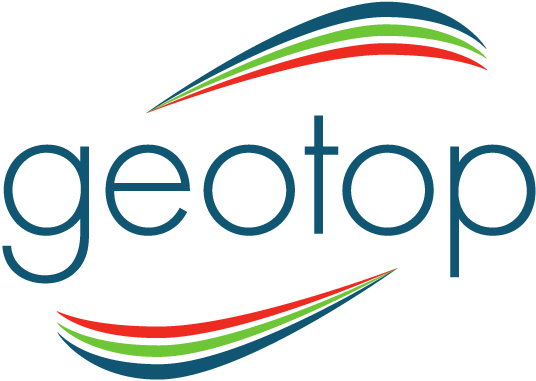Dre Kathryn Rico, McGill U.
10 novembre 2020
The availability of macronutrients (e.g., carbon and nitrogen) and micronutrients (e.g., trace metals) for the biosphere is directly related to the redox chemistry of aquatic environments. Therefore, constraining biogeochemical cycling in the geologic record and the co-evolution of life and Earth necessitates a comprehensive understanding of the redox chemistry of ancient systems.For example, the geochemistry of elements that are sensitive to oxygen (e.g. redox-sensitive metals, such as iron and molybdenum) are considered robust proxies for identifying the extent of oxygen availability in Proterozoic (~0.55–2.35 Ga) oceans, a microbially-dominated world wherein eukaryotic life evolved. This talk will incorporate sediment geochemistry data of a low-oxygen analogue for Proterozoic oceans—the Middle Island Sinkhole (MIS)—in order to 1) test various metal redox proxies in a low-oxygen environment, and 2) identify how sediment geochemistry records the presence of a cyanobacterial microbial mat at the sediment-water interface. This work highlights the need touse multiple redox proxies in tandem with one another, and to examine both abiotic and biotic burial mechanisms of trace metals, in order to best interpret ancient sediment biogeochemistry.

